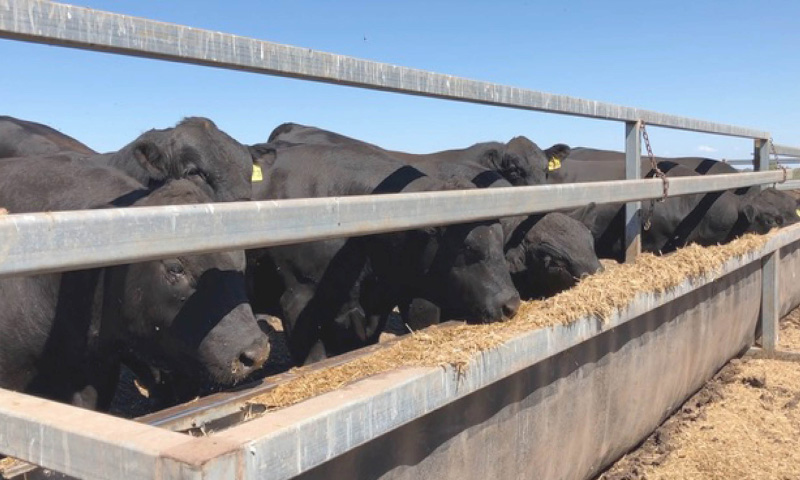We are coming into Summer and it’s that time of year where we start cranking up those air conditioners. Like us, animals also suffer from the effects of heat and now is the time to start preparing or thinking about how you are going to manage your stock during times of excessive heat waves. Heat stress has been estimated to cost Industry around 350 billion dollars per year and can result in decreased production, reduced fertility, accompanied by negative consequences on animal health and welfare.
How you can help reduce heat load on animals:
- Environment – Providing animals with sufficient shade can help decrease the effects of solar radiation (30-50% reduction in heat load) and reduce body temperature. Cattle will actively seek shade when ambient temperature reaches 24°C and higher. Trees are a great source of shade but if animals are kept in yards, alternate shade options should be supplied providing coverage of 3.3m2/animal for cattle. If animals are yarded or housed using sprinklers and fans are also great ways to help reduce the heat load. Animals will drink more water when it is hot so ensure there is plenty of water and sufficient trough space for animals. You may need to provide extra watering points for animals to handle the heat over Summer.
- Nutrition – If you are feeding livestock alter feeding times so animals eat during the coolest parts of the day, make sure nutrient requirements are being met and don’t forget vitamins and minerals, especially electrolytes. Diets that are high in readily fermentable carbohydrate or protein will generate more metabolic heat. Feedlot cattle research has shown that feeding a “heat load” diet with an additional 8% roughage during the heat wave period and for about five days after can reduce the incidence of animals suffering from heat stress. Using supplements such as buffers and betaine can also be beneficial.
- Genetics – If you live in a climate where animals are usually exposed to excessive heat over Summer, it may be best to choose to produce animals that are more tolerant to higher heat loads. Bos taurus cattle are more susceptible to heat stress than Bos indicus cattle and typically, animals with dark and/or woolly coats may be more likely to accumulate heat.
When stock are suffering from heat stress, there is usually signs of increased:
- Respiration rate (100-200 breaths per minute)
- Heart rate
- Skin and rectal temperature
- Drooling
- Physiological and metabolic disturbances
- Mortality and infection
These signs can result in decreased:
- Feed intake
- Nutrients available for absorption
- Body condition
- Milk yield and quality
- Wool and tissue growth
- Meat quality
- Reproductive performance
The best approach to managing heat stress is to be proactive as prevention is better than trying to recover from lost production. Remember, the best thing we can do for our animals in hot weather is to provide them with plenty of cool clean water, sufficient space, rest and shade.
If you are grain feeding stock and would like assistance in formulating a balanced ration. Or would like to check the balance of your current ration, contact AgSolutions on 1800 81 57 57.
By Shannon Godwin (BApp Sc GDTL)
